Creatures Old And New
Greek mythology is peopled with fantastic creatures—from the Cyclops and the Lotus Eaters that Odysseus encountered on his voyage home after the Trojan Wars, the Sirens he avoided, and the six-headed monster Scylla, to satyrs, centaurs, and dragons.
Celtic, Norse, and Germanic myths aren’t short on such creatures either. Elves—both light and dark—giants, trolls, mermaids, dwarfs, faeries, and individual monsters such as Grendel and his mother in Beowulf, all have found places in fantasy from time to time.
Of course the current trend is toward the inclusion of vampires, werewolves, and zombies—the latter apparently having their origins in Africa while the first two stem from Europe.
Writers take varying liberties with these creatures, sometimes using the old as the basis of something new. George Bryan Polivka invented firefish in his Trophy Chase Trilogy—creatures that seems to be some mix of the Loch Ness Monster (or perhaps the Sea Monster in C. S. Lewis’s Voyage of the Dawn Treader) and dragons. In the DragonKeeper Chronicles Donita Paul created “minor dragons” which are dragons the size of large birds with individual talents that benefit others such as their keeper.
Ms. Paul also received considerable notoriety for creating an array of new races, from Emerlindians who are born pale and darken with age to the tiny Kimens, no more than two feet tall. Spec Faith’s recent guest blogger, Jonathan Rogers, concocted his own race of Feechie to inhabit his world of Corenwald.
Other writers, such as Mary Shelley with her Dr. Frankenstein’s monster, have invented individual creatures that have become legendary.
The question is, do readers prefer the old? Or are they just as engaged by the new?
What qualities would make new creatures as captivating as the ones from ancient legends?
First, they must be believable. If they exist as fantasy creatures in this world, they require some sort of explanation (Spiderman acquired his powers because of the bite of a radioactive spider, Superman came from another planet). If they exist in a fantasy world, they must have their own culture and history.
Second, their “special” qualities—their magic or power—must be integral to the story. They cannot be present as window dressing.
Third, those which are evil must be significantly frightful. In other words, they must be formidable opponents, not token obstacles. Those which are good must be powerful but not in such a way as to render unnecessary any involvement by the protagonist.
Fourth, they must have unique properties that keep them from being ancient creatures disguised by a different name.
Fifth, an invented fantasy creature must have a unique voice, not a reworking of a more famous being such as Golum or Aslan.
So which do you prefer in your reading, ancient creatures reinvented or new creatures freshly fashioned? Who are some of your favorites?
For writers, do you rely on creatures of old? Do you give them your own twist? If so, how are yours different? Or do you create your own creatures, and if so, what made you decide to do so?



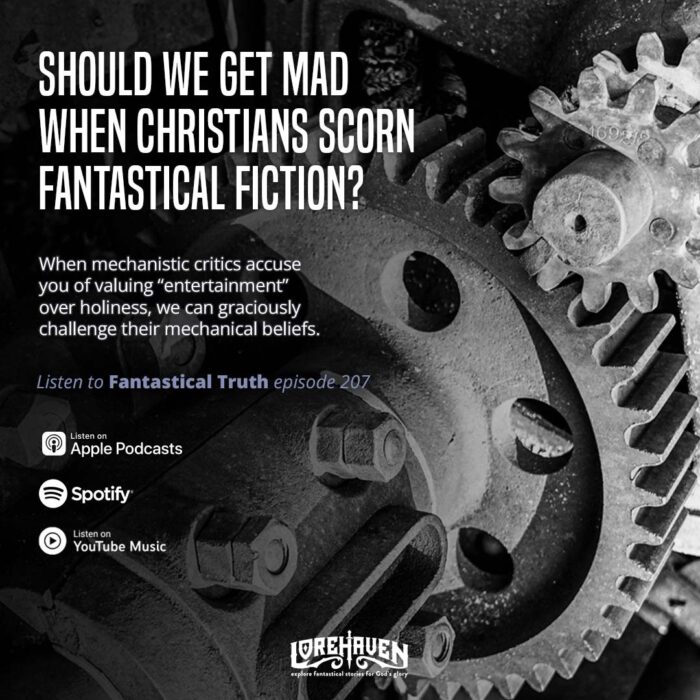


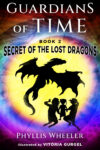

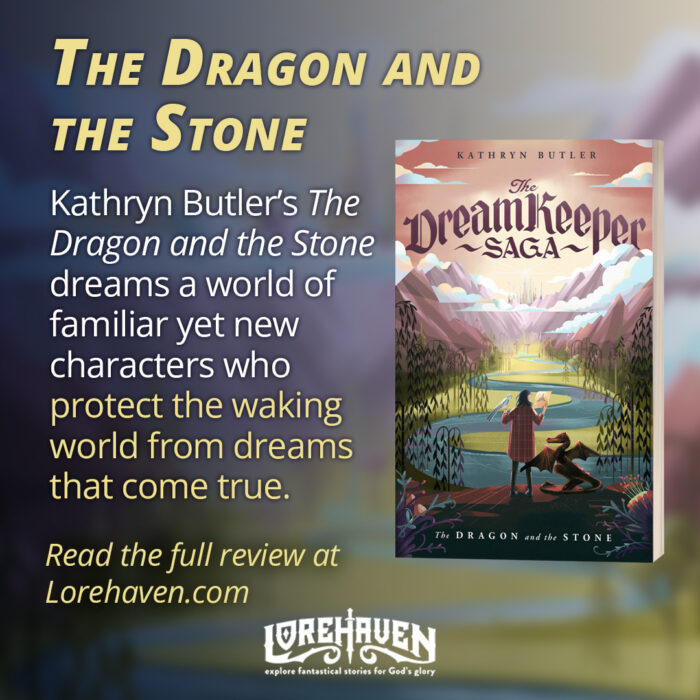
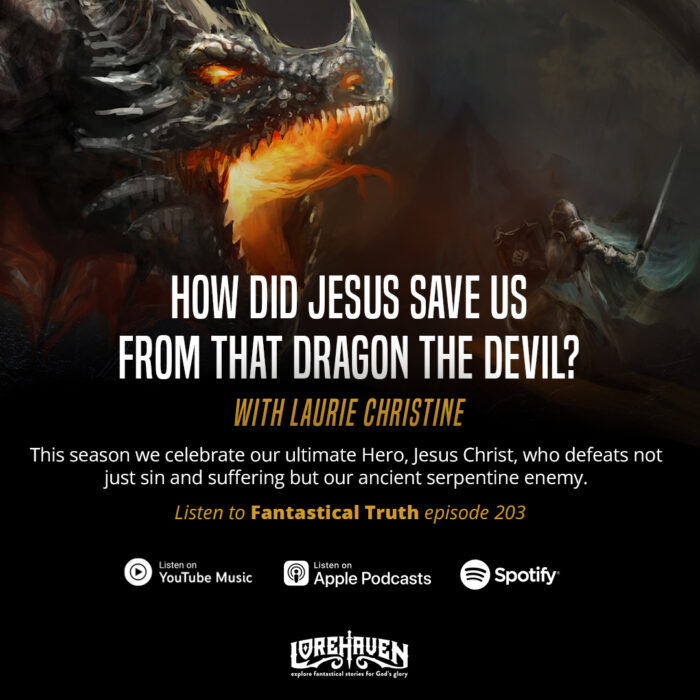




















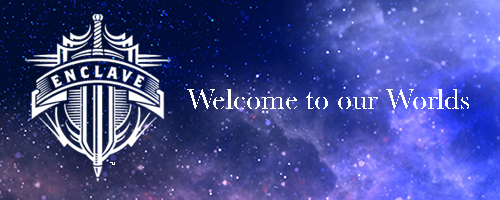

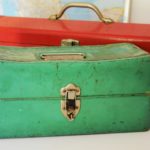
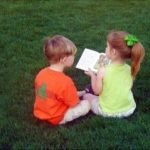
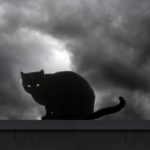
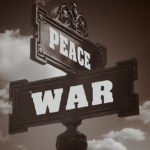



I think there are pros and cons to the use of old and new creatures in speculative fiction. Some of the advantages of using old, familiar creatures is that the readers can more easily visualize them. When a character in the story is described as an elf or dragon, we all know what an elf is and what a dragon is. The writer doesn’t have to spend a whole lot of time describing what they look like, whereas they might have to do so with their own invented creatures. One of the things that frustrated me about Donita K. Paul’s otherwise excellent books was that I had a hard time imagining what all these creatures looked like, and so I had a hard time telling them apart. But the biggest downside of using the familiar creatures is that they have become cliche and readers often get sick of them. In that way, new creatures can be refreshing, especially if they aren’t just knock-offs of already invented creatures.
You’ve made some excellent points, Amy. I really appreciate you taking the time to give your feedback.
I agree with the cliche aspect in particular. Of course, writers like Stephenie Meyer twist the known, as did J. K. Rowling, so that vampires no longer have to be evil and wizards are merely gifted. I guess that’s no different than what Bryan Davis did with dragons in his Dragons In Our Midst series.
But I suspect there are just so many twists a familiar mythic character can make. 😉
Becky
This reminds me of one of the more amusing (and yet unique) elements of the fantasy series Avatar: The Last Airbender was its frequent inventions of new creatures who are simply combinations of existing animals. Quite aware of this trick, the writers apparently couldn’t resist a little self-parody in a second-season episode:
Self parody? I hadn’t thought of it that way. I’ll keep taht in mind next time I hear some foreigner talk about a koala “bear”. I thought it was just the inability to encounter a new animal without connecting it with something familiar.
Mmm…good food for thought. I don’t think my major evil in my novel is frightful enough. I’m formatting my villain to resemble certain aspects of the devil. She’s human, but quite dangerous. I’m not sure now that I was clear on that in the plot.
[…] This post was mentioned on Twitter by Speculative Faith, Nikole Hahn. Nikole Hahn said: Creatures Old And New http://bit.ly/d5zJdy /cc @feedly […]
Nikole, glad this helped you dissect your character a little more. I’ve gone the “new creatures” route, so had to do some thinking about my own as well. I specifically wanted new beings because I didn’t want to be derivative. But I find it hard to please everyone. Some will see elves where none exist. 😕 But maybe that just means I need to work harder to give my characters their own memorable history or culture. It’s a bigger challenge than what I realized when I started.
Becky
Speculative creatures provide some interesting challenges. Some are widespread and available to all to interpret however they can get away with. No one is going to have a problem if you have some kind of dragon or elf. At the other end are creatures conjured up by individual writers. Where the Wild Things Are, for example. Is it okay for another writer to have Wild Things in their story? Or would readers think they were pinching? Some creatures have regional locations which might make readers from other places puzzled by them.
I sum this problem up as: can I have a potkoorook? Does this belong to Patricia Wrightson? Going behind that, does it belong to Koori culture and having a potkoorook is another kind of expropriation? Would anyone outside some parts of Australia sufficiently understand what a potkoorook is without lots of explanation. No one has to explain dwarfs, elves, dragons.
There is such a general fuzzy thing as Western literature, which we all share. Yet it ends up in odd places where some of the bits don’t fit, like Australia. Adjustments take time.
Some months ago I drove from Colo Heights to Penrith, which is south, with the lower edge of the Blue Mountains on the western side. Which is to the right, where the driver sits. I was having a good long look and realise by the end of the drive that I no lnoger believed in trolls. It’s something to do with lack of European mountains. In January this year we were holidaying in Armidale. As we drove through the bush I said to me wife, look at all the narguns. I’ve crossed some kind of boundary and left large parts of European culture behind because I can’t fit it through the door.
The creatures you create should represent something, should embody something. Something deep about the land or the people or the nature of the world as we encounter it. This is much, much harder than it looks.
In the stories I’m planning, I tend to go with existing “creatures,” but I add in what twists I think of. For example, after Tolkien we tend to think of dwarves as greedy, digging their mines in search of gems and precious metals, and of elves as the farsighted, almost ethereal seekers of knowledge; I plan to turn that on its head by making dwarves the great seekers of knowledge, who mine because a lot of past centuries’ knowledge got buried, gems and precious metals are valuable trade items, and it’s cheaper to carve durable library-cities out of rock than to mine or import the rock and build above ground; elves are the ones who value things like gold above most other commodities, because their long life-spans drive them to seek imperishable things.